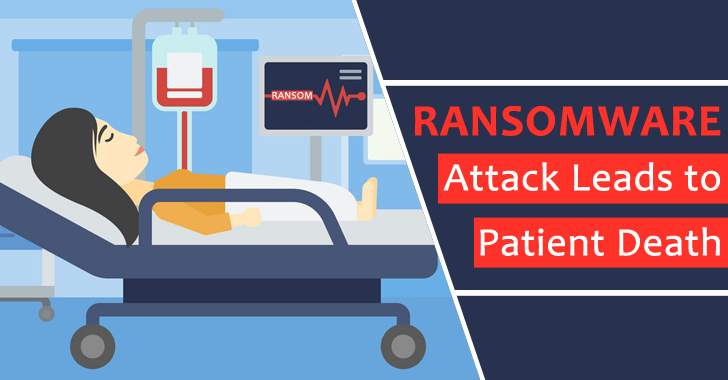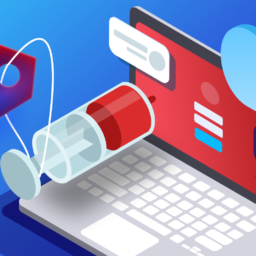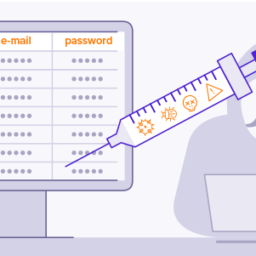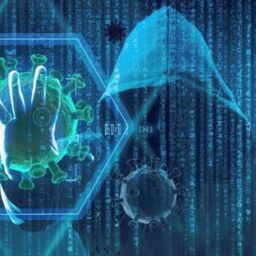
News: Protecting patients from ransomware attacks
The healthcare systems have been at the heart of societal and economic recovery in the recent times. Their resiliency and innovation as India sought to build more equitable and digital futures for all have been immense, facing the ongoing pandemic and other everyday medical challenges. Now, as governments collaborate with healthcare leaders and tech experts to realise the true potential of digitally-driven service solutions, the progress made in recent times must be protected, and enhanced.
Healthcare vulnerabilities
Already strained under a backlog of pandemic patient appointments, health systems are relying on digital transformations to turbocharge long-term resiliency. But cyber-attacks disrupting operations at large hospitals can result in a lack of access to patient data, creating delays and cancellations of time-sensitive procedures. Patients’ lives are put at risk. As per a report by KPMG, India continues to remain the second-largest country to face cyber-attacks and these cyber-attacks can be attributed to malware and ransomware, both of which have been particularly impacting the healthcare industry.
Preventative cyber technology is constantly evolving with new innovations to protect data and keep pace with the bad actors, however, a collaborative public and private sector approach is now needed to maximise resilience.
As international governments come together to mount more robust, joint defences against cyberattacks, so too should the brightest cyber experts, CIOs, and public health leaders.
Protecting health data
Health data is the lifeblood of progress when it comes to solving healthcare problems. But accelerated digital transformations have created increasing complexities – and data protection must evolve to meet new demands. For example, after a tumultuous couple of years, healthcare waiting lists escalated, placing pressure on facilities and staff. Telehealth services, supported by always-on digital platforms initially boosted accessibility to services and continue to streamline efficiencies. Meanwhile, the data sphere continued to grow increasingly complex. Simplified, agile as-a-service data management across the hybrid, and multi-cloud is now essential for boosting operational efficiencies. The State of Ransomware in Healthcare 2021 report indicates 34% of healthcare organizations were hit by ransomware last year. Factors responsible for such a rise in targeted cyber attacks is attributed to the nature of the industry, decentralized operations across hospitals and exponential volume of patient data being captured and stored electronically.

Health records and mobile devices streamlined wait times and minimised patients’ time spent in hospitals, as IoT and Edge computing powered patient monitoring. Behind the frontlines, AI technologies led the charge on healthcare research – enabled by High Performance Computing. The pandemic brought about a rapid transformation in the healthcare sector where large quantities of data were being generated, stored, and exchanged. At the initial peak of the pandemic, 7 million cases of cyberattacks on the healthcare industry were registered in India. Ransomware and attempts to penetrate systems of healthcare institutions will continue to be a serious problem. With a 300% surge in cyberattack incidents in India, it is more important that key decision makers place intrinsic security at the heart of their digital strategies. As our most sensitive data, health data, requires stringent protection and citizen trust in those processes.
Healthcare leaders need to reinforce the cyber resiliency of their organisations, focusing on their most critical data is key – from records with accompanying images, to object data from diagnostic systems and health surveys. Placing this critical data in a vault will help ensure it is isolated, can’t be modified and can be quickly recovered in the event of an attack – enabling healthcare services to get up and running quickly again.
Better together
Protecting these datasets requires a ‘people, process, and best of breed technology solutions’ approach. While there is no antidote or 100% fail-proof approach, enlisting a cyber strategy that focuses on all three areas is critical. Cyber security is evolving quickly to keep pace with cyber criminals and that means cyber strategies should be constantly evolving, too – with stress tests and ongoing assessments to ensure they are fit for purpose. Planning and preparation are vital. This is not a journey that healthcare providers can travel alone – and there is no end in sight.
But the risks of not acting now far outweigh the short-term cost of investing in tighter cyber strategies. Healthcare progress is at stake. It is underpinned by technology innovations that require patient trust, continuity, and reliability. Take the potential for Digital Twin technology, which is transforming the sector and enabling healthcare institutions to meet pressing challenges – from personalising healthcare to combatting patient wait times. The powerful combination of the digital twin, IoT, AI, and data analytics will boost patient outcomes and hospital performance. But this must be supported by stringent cyber security to evolve with the trust of patients and healthcare providers – and remain operational in the event of a ransomware attack.
As we look to more equitable, sustainable futures that put citizens at the forefront of progress, healthcare cyber security is more than a hot topic – it’s a lifeline.
Source: https://timesofindia.indiatimes.com/blogs/voices/protecting-patients-from-ransomware-attacks/
















